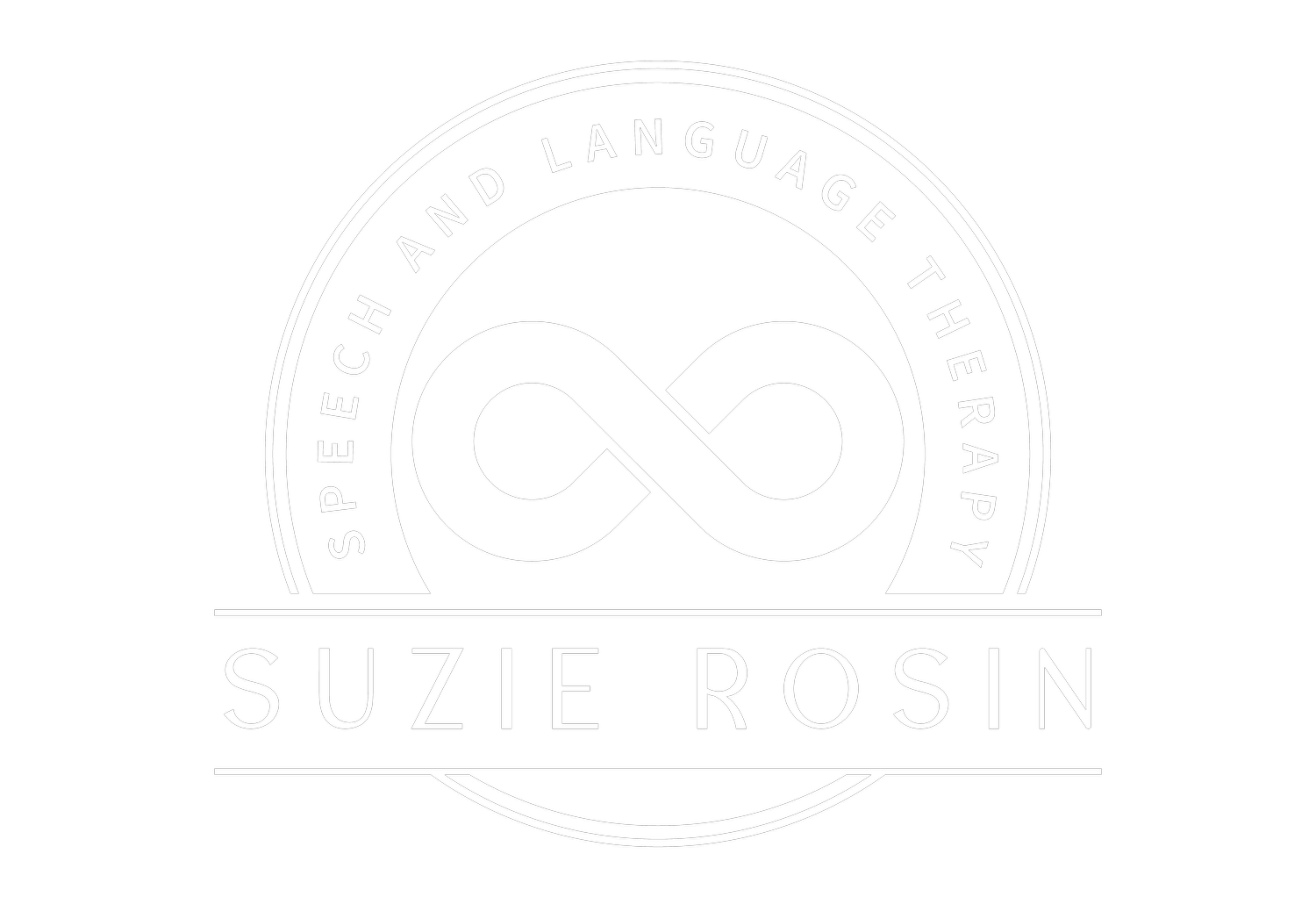Emotional Regulation and Communication
What is Emotional Regulation?
We all experience big emotions like anger, frustration, anxiety, or excitement—and that’s a good thing. These feelings are our brain’s way of telling us something important is happening. In young children, these emotions often lead to overwhelm or dysregulation, because they haven’t yet learned to understand or manage what they’re feeling. For example, a baby might cry the same way whether they’re hungry, tired, uncomfortable, or overstimulated.
As children grow and their brains develop, they begin to tune in to their internal signals and gradually learn how to manage their emotions. This is called self-regulation. It doesn’t mean we don’t feel big emotions, or that we want to suppress them, it means learning how to recognise and handle them in a way that fits the situation.
For many children, particularly those with speech, language, or communication needs (SLCN)—this can be incredibly difficult. When a child doesn’t have the words or means to explain how they feel, emotions can build up and become overwhelming, often leading meltdowns.
Dysregulation looks different for every child. It might involve shutting down, losing focus, becoming tearful, lashing out, running away, or appearing to lose control altogether. While this behaviour can be challenging to manage, it is often a sign that the child is not feeling safe, understood, or able to process what they’re experiencing internally.
One of the ways children begin to learn how to regulate their emotions is through co-regulation—having a calm, responsive adult alongside them who can help them feel secure and supported. This is not always easy and can place huge emotional demands on the adult. It often takes real effort to stay calm, regulated, and supportive, especially when a child’s dysregulated behaviours are intense or happen frequently.
How Speech and Language Therapy Can Support Emotional Regulation
Speech and Language Therapy can play an important role in supporting emotional regulation in children with SLCN. By helping them develop strategies to recognise and communicate their feelings, thoughts and ideas.
This support may include:
Expanding emotional language –helping children not only label emotions but recognise the body signals and sensory experiences that accompany them. E.g. like a racing heart or butterflies in the stomach, might mean being worried.
Providing alternative ways to communicate their needs, like requesting help or I’m hungry, when spoken language might not be available to them. These can be resources like, visuals, communication boards, or AAC (Augmentative and Alternative Communication) systems
Teaching alternative ways to identify, label and express emotions - such as approaches like Zones of Regulation. For example, feeling sad, tired, or low in energy might mean you're in the 'blue zone'."
Teaching self awareness skills to understand when to access personalised regulation strategies – for example helping children notice how they feel and know what helps when things get tricky — like saying, 'I need a break,' 'I need space,' 'I want my blanket,' or 'I want to draw' when they start to feel angry or wobbly.
Creating emotionally supportive environments – where consistent de-escalation strategies are in place.
Referring to, and working alongside, other professionals—such as Occupational Therapists, Psychotherapists to provide a holistic approach to support the child’s individual needs.

